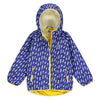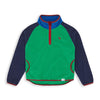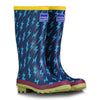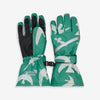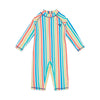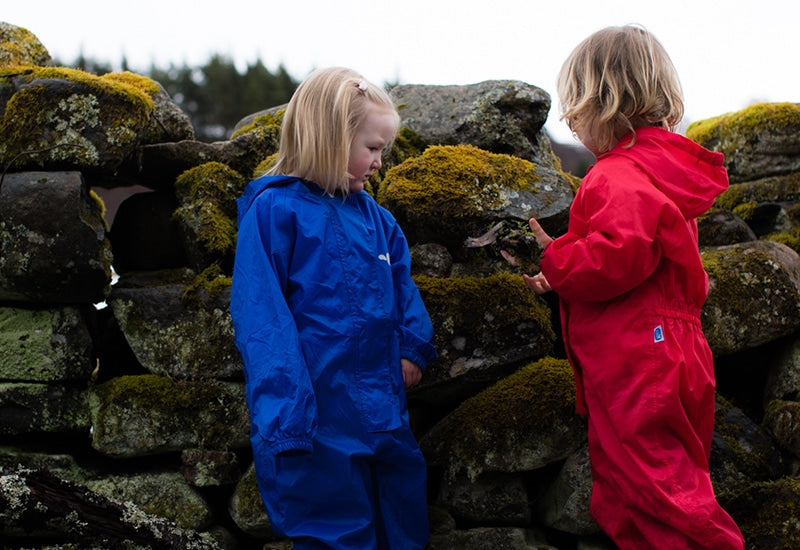
KS2 - Maths – Numbers in Nature
Download our Maths – KS2 – Place Value and Patterns Worksheet Here
Learning Objectives
Maths – Place Value
- Using materials and a range of representations, pupils practise counting, reading, writing and comparing numbers to at least 100 and solving a variety of related problems to develop fluency.
- Pupils are introduced to larger numbers to develop further their recognition of patterns within the number system and represent them in different ways, including spatial representations
Resources
- Access to natural materials found in school grounds, a variety of flowers, daisies, leaves, sticks, and pebbles. A collection of flowers ideally sunflowers and daisies – artificial is fine if fresh cannot be obtained.
- Number shape templates from 1 -5 cut from card, A4 sized, approximately 30 units of each number from 1 – 5, and one 0.
- 10 Spray bottles.
- Camera
Introduction
In the classroom, explain that a sequence is also a pattern, and model a pattern of images or items, e.g. pencil, chalk, book, pencil, and number patterns.
Begin a discussion about the Fibonacci sequence or pattern of numbers, explaining that the Fibonacci numbers are a natural number pattern. The pattern can be seen across nature, from the pattern of petals on a flower, the scales on a pinecone, sea shells a grain of wheat, a beehive, or the arrangement of leaves.
Show the class images of these items.
Show the class what the pattern looks like (0, 1, 1, 2, 3, 5, 8, 13) and what the number rule is up to 5.
On the board, have the pattern in number form with missing numbers and ask the children to see if they can predict what the next number is.
Activity
Gather the children together on the playground, and divide the children in to 5 groups.
Draw the Fibonacci sequence again on the playground with chalk. Using the ‘0’ card template, spray water over the template. Remove the template to show the children the visible 0 on the ground. Explain that the class will be making some number versions of Andy Goldsworthy art.
Give one group the ‘1’ templates, the next group the ‘2’ templates and so on.
Ask the children what number should come next and ask that group to arrange their templates in a circle shapes surrounding the 0, spray with water and then remove the template.
Repeat for the next layer of the circle, this time adding the last two numbers, so the number templates should now be the ‘1’s and ‘2’s, followed by a layer of ‘3’, then ‘3’ and ‘2’s, finishing with the ‘5’s.
Extension Activity
Using the sticks and chalk, draw 6 horizontal lines with roughly equal distance between each line on an area of the playground. Number the lines with 1,2,3,5,8,13.
Explain the Fibonacci pattern can be seen in trees or plants when they grow and begin to branch out.
Using sticks, arrange the sticks in the pattern to create a picture of a branching tree, placing the correct number of sticks on the stick tree to correspond with the number.



